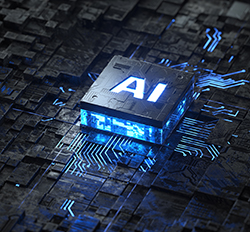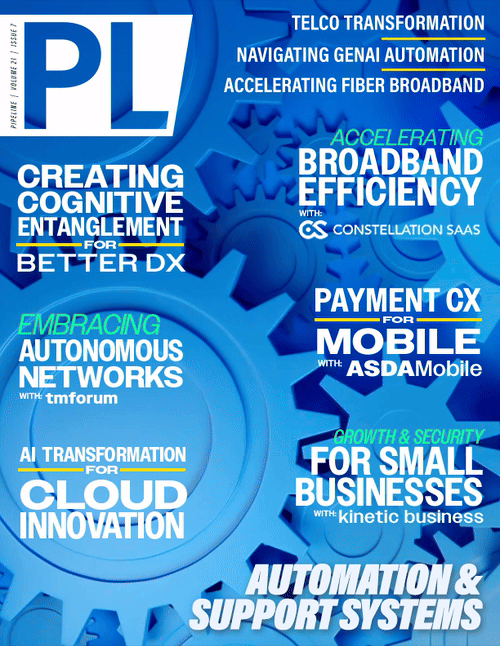GenAI Automation Navigation

Business leaders are currently presented with the difficult problem of navigating GenAI automation. Agentic GenAI is beginning to turbocharge automation. But at the current level of GenAI maturity, there are limits to what can be effectively automated. Looking down the road, there are disagreements about how much human work activity can be automated. The pessimistic view posits 80 percent. The optimistic view says all work tasks including creative ones will be automated. Anxiety surrounding GenAI automation is already high. A recent poll showed that 52 percent of people expect their jobs to be automated by AI.
There are some guidelines that can be helpful to business leaders making decisions in this difficult environment. Five sets of guidelines can help business leaders make good decisions. They involve: avoiding all-or-nothing reactions; deciding if your business has to be an early adopter; paying close attention to the GenAI maturation curve; using an innovation funnel to select applications that fit the current maturation curve situation; and taking care of your employees so that they can take care of your business.
Maturity Background
GenAI is still early in its development and even much earlier with agents. The technology will get better as time allows it to mature. Agent applications allow GenAI to focus on relatively small domains. This allows specialization in training and fine tuning. Over time, this focus will help avoid many of the problems encountered in early chat and web-based applications.
Meantime, two of the leaders of the AI community are having a public argument over whether GenAI can automate creative work. That is, create fundamentally new knowledge and innovate. This is instructive in that it underlines the extent to which current work tasks can eventually be automated. Those stating that GenAI can perform creative tasks are arguing that it can automate all existing work tasks.
Employee Problem
Business leaders have to find a way to keep their employees motivated and working effectively. At the same time, they have to explore automating all the functions they perform. A way to provide current employees with the sense of security they need to work effectively is needed.
Currently, there is a lack of people with the necessary technical and business skills in GenAI. One of the results of the lack of people with the necessary skills is the generation of a lot of noise by unqualified people making pronouncements. This means that current employees need to be unskilled. Businesses also need to make sure that the educational system provides a pipeline of qualified people. This may get harder because schools are reinstating trade curricula. Assuming that white color jobs will be automated by GenAI while the trades will continue to be manual. This, in spite of the emergence of AI autonomous systems beginning to take over trades.
Pace of Change Problem
Two weeks ago in another forum, I predicted that in the future autonomous vehicles would replace farmers. At the time, this seemed a revolutionary prediction. However, two weeks later there was an announcement of a system that did exactly that.
GenAI capabilities have been growing very rapidly. Those working on frontier models (the leading technology edge) tend to be on a six month cycle. That is, a new model with new capabilities every six months. Since each group has a different starting date, there tend to be new capabilities every week or two. As the model sizes go from hundreds of billions of parameters to trillions, some say that they are reaching an asymptote. That is, entering a stage of diminishing returns. But then a completely new capability like reasoning appears.
Against this background, there is a significant probability that a fundamentally new technology approach will appear. After all, GenAI was kicked off by the unexpected Attention paper in 2017. Then, followed by the unexpected discovery that increasing parameter sizes would produce dramatic effects. So, it is reasonable to expect another unexpected technology breakthrough. Although reasonable to predict, it is not possible to predict when.
As with most new technologies, raw technology preceded applications. Now, there has been enough time that early application failures have produced enough learning that some successful ones are beginning to appear. However, the picture is blurred by many claiming to have AI applications that are actually implementations of previous generations of technology.
Guidelines for Successfully Navigating GenAI Application
The following five guidelines for successfully navigating GenAI application are inter-related:
1.) Avoid all or nothing reaction.
There is a normal human reaction when something new comes along. It is to either totally reject it or to totally embrace it. The first guideline is to do neither. Related to this guideline is to
remember that not everything has to be GenAI. Previous generations of technology still have value. has to be GenAI. Previous generations of technology still



















